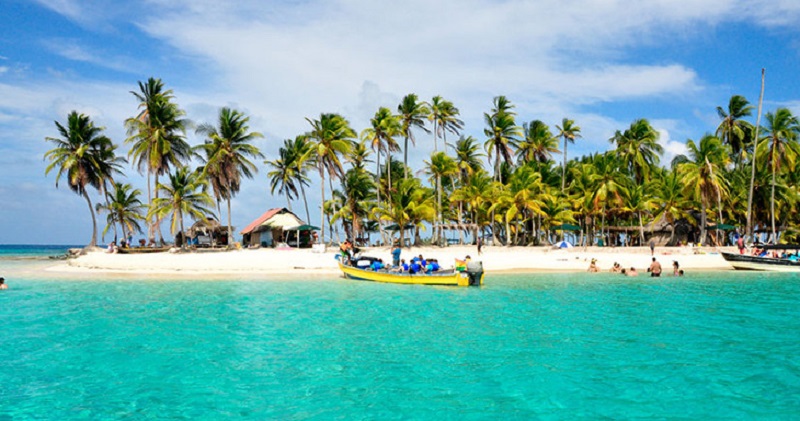The report of the United Nations Economic Commission for Latin America and the Caribbean (ECLAC) describes that in Bocas del Toro, there are sources for industrial development in the communities and in cultural matters, accompanied by a rich history that could broaden the offer and differentiate it from its competitors.
That study, entitled, Shifting Reactivation of Tourism: Overcoming Covid-19 Aftermaths in Latin America and the Caribbean, stands out the marine and terrestrial biodiversity of the westernmost territory; however, it points out insufficiency in the protection of the cultural and natural heritage, and energy management.
Among deficiencies in basic services, it underscores the lack of access to drinking water and poor solid waste management.
On the other hand, the research indicates that the residents of Bocas del Toro are satisfied with the benefits they obtain from tourism, but they do not see the contributions to the creation and improvement of services for the community.
On the issue, the president of the Bocas del Toro’s Chamber of Tourism Juan Caro told La Prensa newspaper lately that it is essential for the province to strengthen air connectivity to attract further visitors.
ECLAC identified as a tourist jewel to be exploited the Anton Valley, in Cocle, a destination of nature and culture.
Notwithstanding, one out of every three residents is not happy with the information they receive about the leisure industry in their community, nor with their level of participation in consultations, policies or initiatives.
Although nature, adventure and rural tourism prevail in the Anton Valley, there is consensus on the potential of cultural attractions to complement the bid, but that information is scattered. By 2024, the Panama Tourism Promotion Fund expects to receive 2.9 million visitors and to reach, in the case of tourists who stay at least two nights and up to six months in the country, the figure of 1.9 million people.
ef/omr/oda/ga










